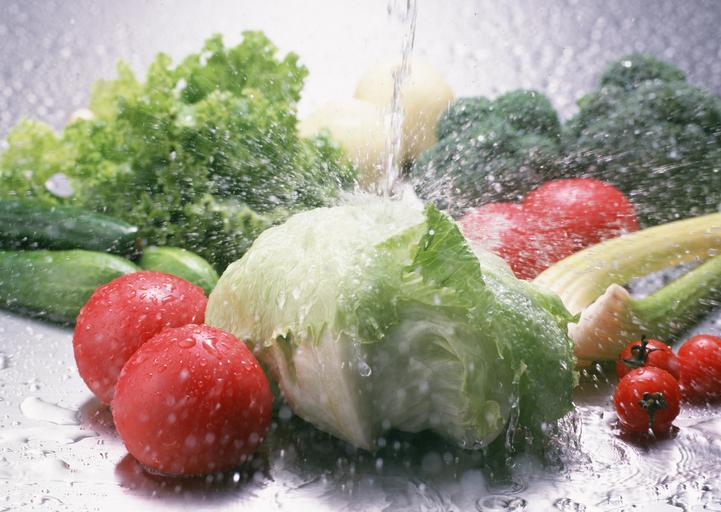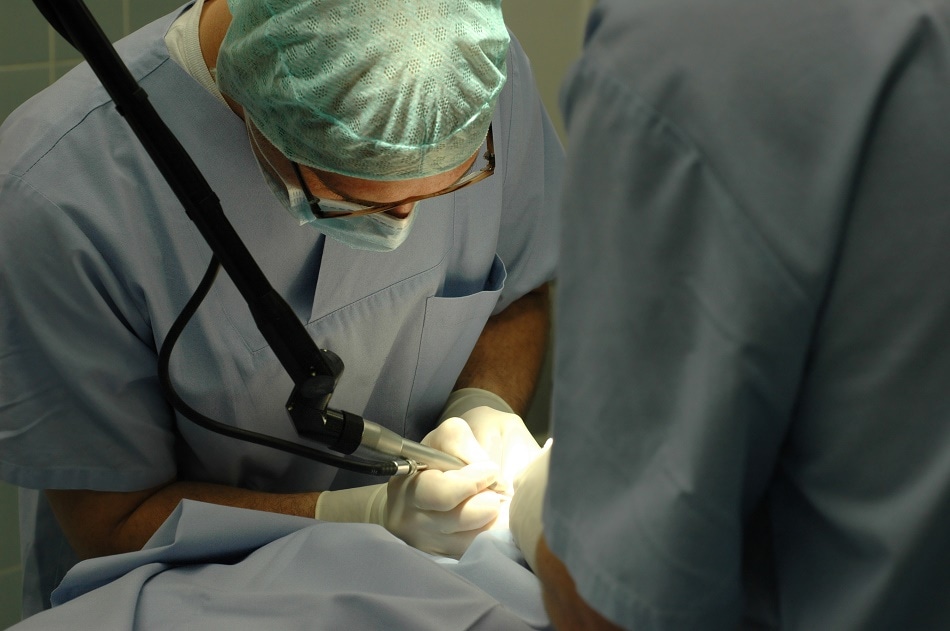In the current situation of the COVID-19 pandemic, careful handling of food items has become more critical than ever before. Although there is no scientific evidence to suggest that the novel corona virus is transmissible through food, healthcare experts suggest the virus can stay on the surface for several days, on fruits, vegetables and packaged food items.
It is, therefore, necessary to be extra careful about food handling. Today, many people are resorting to practices like washing the fresh fruits and vegetables before cooking/eating. But, is washing the food enough to keep you safe? Let us look at the right practices for washing and cleaning your fruits and vegetables.
Wash your hands before washing food items
There is an overwhelming amount of evidence to suggest that the COVID-19 infection can spread by touching an infected surface. Hence, it is critical that you wash your hands thoroughly with soap and water or disinfect your hands with an alcohol-based sanitizer before you touch the food items. Make sure that you wash your hands for at least 20 seconds, as recommended by the global healthcare experts before cleaning fruits and vegetables. It is a good idea to wash your hands again after you clean the food items.
Rinse the fruits and vegetables well in running water
Today, the fruits and vegetables available in the market are exposed to various germs and viruses mainly because of lack of sufficient hygiene practices taken by the vendors. Also, there is a risk of fruits and vegetables having a wax coating, which is harmful for human consumption. Hence, it is important that you rinse the food thoroughly in running water and follow it up by rubbing with hands.
Make sure to rinse fruits, vegetables & even the knife before you use them so that the dirt and bacteria are not transferred from one to the other.
Avoid using soap and detergent
Many people resort to using soap and detergent to clean the fruits and vegetables and disinfect them from coronavirus. But, the FDA (Food and Drugs Administration) recommends avoiding such practices. Simply rubbing the food items with hands under running water is sufficient to clean them. If any damage or bruises occur while cleaning, it is advisable to cut away the damaged area before eating or cooking.
Use a vegetable sanitizer
A good practice to follow at home is to wash all the vegetables and fruits with a vegetable wash as soon as you bring them home from the market before storing them in the refrigerator. Vegetable sanitizers like the Dr. Rhazes Concentrated Vegetable and Fruit Wash are known to kill the harmful virus and bacteria. Made from food-grade ingredients, it is also effective in removing wax, formalin, pesticide and other chemicals and dirt from the surface of the foods and extending their shelf life.
Certain fruits and vegetables need extra care
Certain foods like berries need extra attention while cleaning. Make sure that you place them in a colander and rinse them under running water. Similarly, leafy vegetables like lettuce and spinach must be placed in a bowl and washed with cold water.
Final Word
Now that you know how to wash fruits and vegetables make sure that you take the appropriate hygiene steps while handling food items and keep yourself and your family safe.
If you need fruit trees go to https://www.chrisbowers.co.





